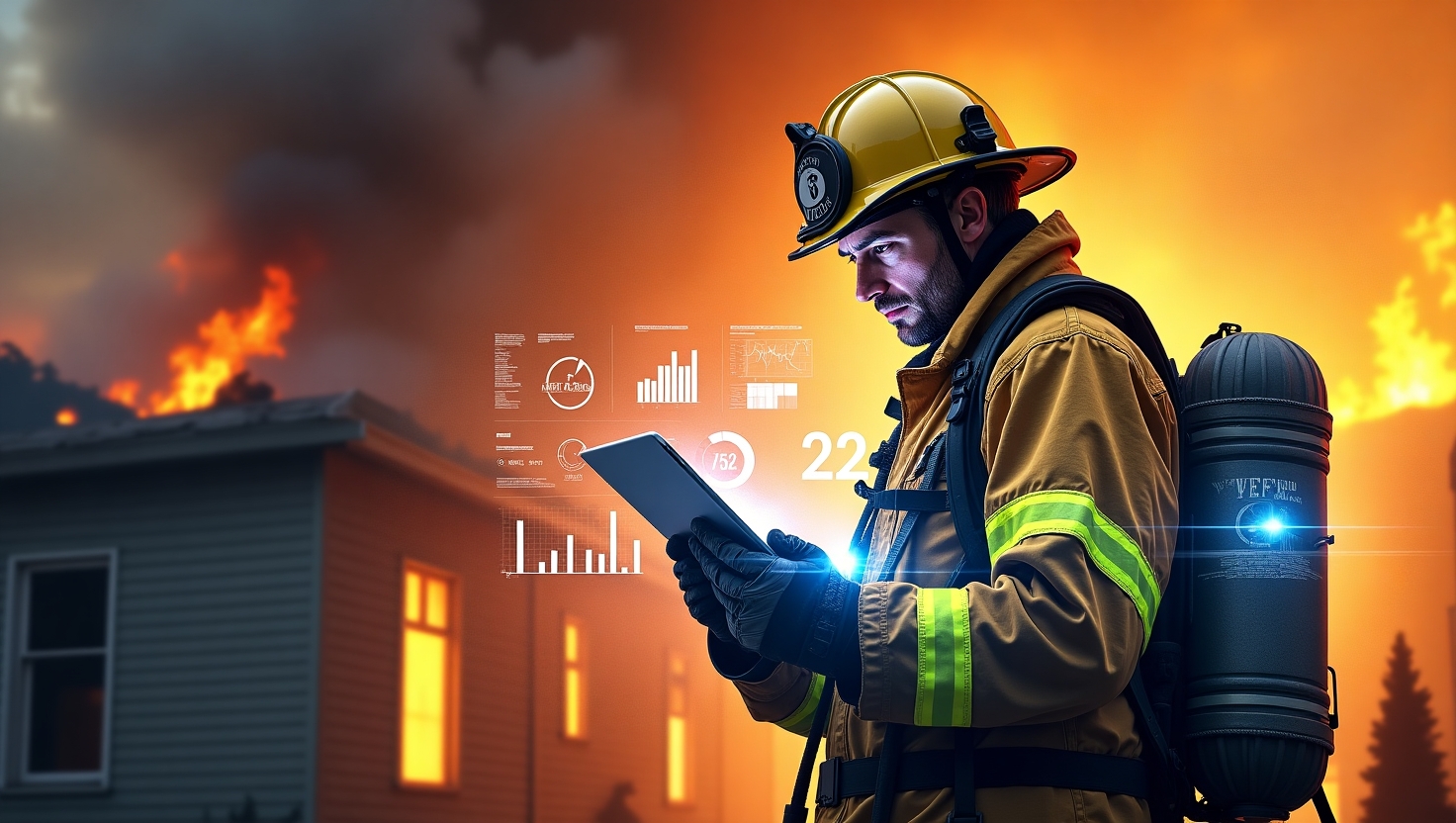Revolutionizing Firefighting: The Impact of Algorithmic Decision-Making
Introduction
In today’s rapidly advancing technological landscape, algorithmic decision-making is becoming a cornerstone of modern firefighting. As natural disasters and fire-related incidents grow in complexity and scale, the need for smarter, more efficient response strategies has never been more critical. Enter algorithmic firefighting—a concept that leverages advanced algorithms to enhance public safety and optimize emergency responses. It promises to transform firefighting into a data-driven field, improving decision-making processes and potentially saving lives and property. However, is this technological leap entirely beneficial, or are we overlooking critical nuances?
Background
Historically, firefighting has relied on traditional methods and the invaluable intuition of seasoned firefighters. However, the increasing complexity of fires and urban environments has instigated a shift towards data utilization and algorithmic strategies. A notable example is the RAND Corporation fire algorithm, developed in the 1960s with the goal of predicting fire patterns and optimally deploying resources. This algorithm laid the groundwork for current initiatives by illustrating the power of data in emergency contexts. Unfortunately, the over-reliance on simplified algorithmic models, as explored in case studies, often disregarded vital local knowledge, leading to potentially hazardous oversimplifications. As noted by Joe Flood, \”Convinced that their statistical training trumped the hands-on experience of veteran fire officers, RAND analysts spent years building computer models they thought could accurately predict fire patterns\” source.
Current Trend
Today, the landscape of firefighting is increasingly dominated by data-driven decision making. Tools like AI-enhanced prediction models and intelligent response systems are reshaping how emergency services operate globally. Initiatives in public safety AI claim to offer unprecedented accuracy in predicting and responding to fires. This technological integration, while promising, is met with mixed reactions from fire departments and municipalities worldwide. While some praise the efficiency and potential of these technologies, others caution against an overreliance that may marginalize the irreplaceable human intuition and experience of frontline firefighters.
Insight
The balance between technology and the irreplaceable local knowledge of veteran firefighters remains delicate. Drawing parallels with historical algorithmic failures, such as New York City’s fire management crises or Prussia’s forest mismanagement, it’s evident that algorithms alone cannot substitute nuanced human understanding. James Scott argued, \”A new term, Waldsterben (forest death), entered the German vocabulary to describe the worst cases,\” highlighting how simplification can lead to significant oversights source. Experts like Jennifer Pahlka advocate for a harmonious integration where algorithms support, rather than dictate, actions—it is critical for decision-makers to recognize this balance to prevent repeating past errors.
Forecast
Looking ahead, the field of algorithmic firefighting is poised for groundbreaking advancements. Technologies like machine learning and real-time data processing will likely continue to enhance firefighting capabilities. However, emerging methodologies must prioritize a comprehensive understanding of local variables to avoid historical pitfalls. As AI becomes more sophisticated, emergency services may see improved resource allocation and quicker response times, but these benefits hinge on the responsible integration of technology. If history has taught us anything, it’s that overlooking the human element and local expertise could spell disaster.
Call to Action
As algorithmic technologies further penetrate emergency services, it is imperative for stakeholders to adopt a conscientious approach. Both the firefighting community and tech developers must advocate for the responsible implementation of these systems. Sharing experiences and knowledge regarding technology in emergency services will help spark community dialogue and foster an environment where technology complements human expertise. Resources are available for those interested in exploring innovative data-driven methodologies and tools designed to enhance firefighting efforts. The conversation is just beginning, and the role of algorithmic firefighting in shaping our future safety cannot be underestimated.
